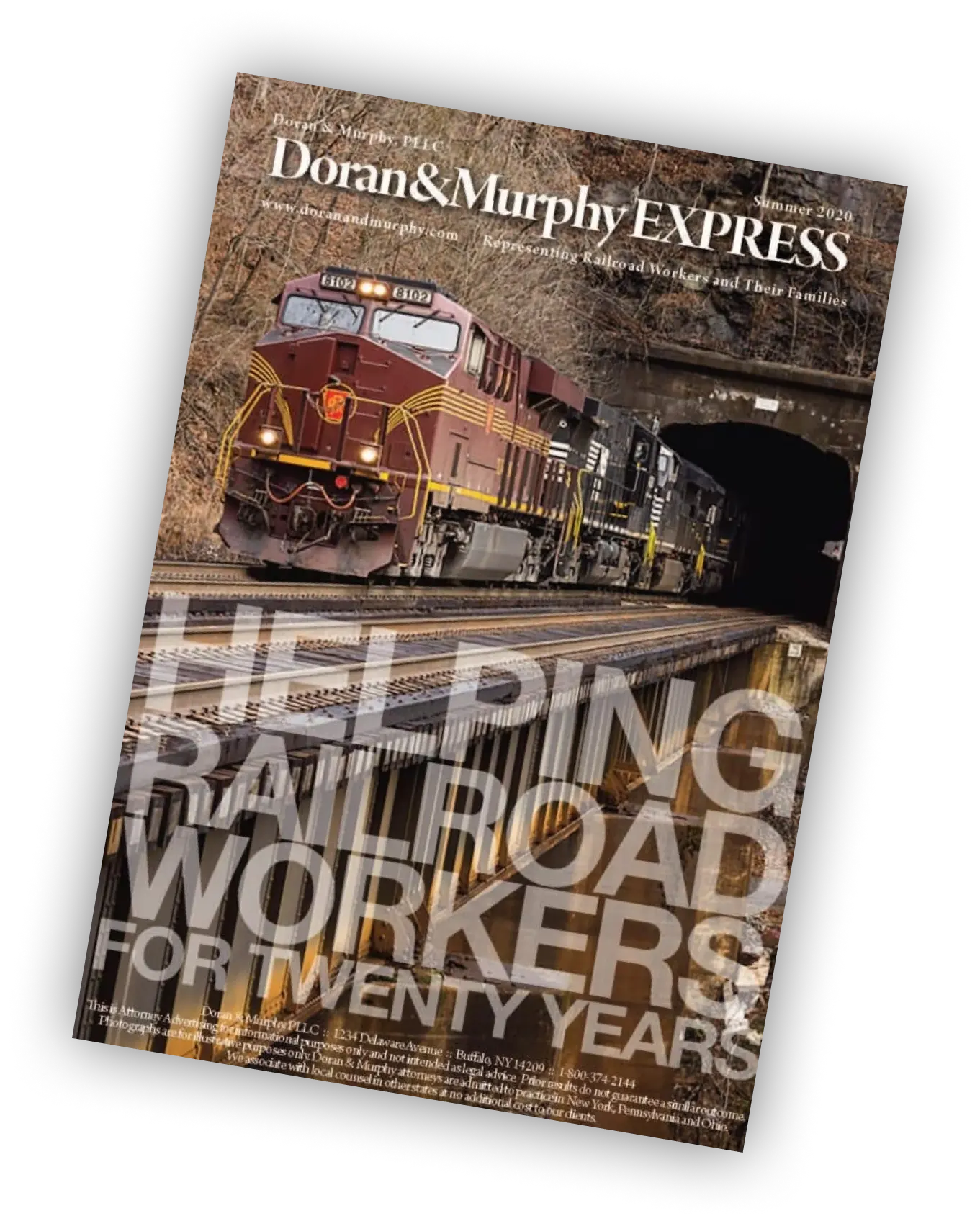
It is well-known that railroad workers are at an increased risk of developing cancer due to their occupational exposures to asbestos, silica, diesel exhaust and other toxins, like solvents. Because of this increased risk, railroads have a lot of experience in defending claims by railroaders for work-related cancer. Part of that defense playbook is diverting the focus from railroad exposures to the worker’s choice in smoking cigarettes. This blog explores the history (and hypocrisy) of this defense.
We have previously discussed the railroads’ longstanding knowledge of the workplace toxins that their workers endured. This includes the 1937 information on how to prevent the hazards of inhaling asbestos, with an instruction to keep that information only to management personnel so that the workers wouldn’t make monetary claims. This information hoarding and defense strategizing also applies to cigarettes.

Rather than focusing on protecting their workers from cigarettes, or the known synergistic effect of cigarettes combined with asbestos exposure (so much so that OSHA requires that employers educate employees of the relationship between asbestos exposure, cigarette smoking and cancer), the railroads instead discussed using the addictive product as a defense in occupational disease cases. Decades later, in 1984, a railroad attorney gave a speech outlining how to dispute the credibility of a smoker claiming a respiratory occupational disease, using the defense that if the worker was truly worried about cancer from asbestos exposure, he wouldn’t be smoking cigarettes.
The railroads have had plenty of opportunity to perfect their defense to occupational cancer and disease claims, given all of their experience. An experienced railroad cancer lawyer can anticipate these defenses and help railroaders pursue claims for cancer caused by toxic railroad exposures. If you would like a free consultation, please contact us.





